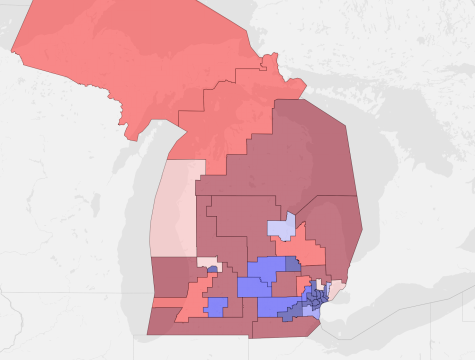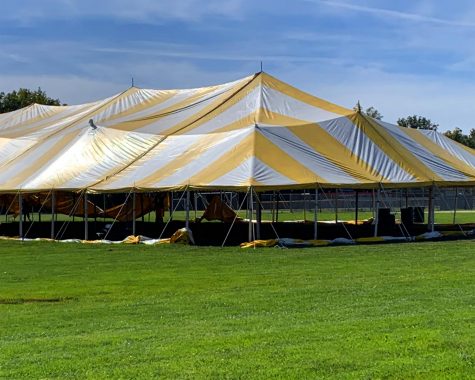Smartphone Addiction: Has it Taken Over?
Smartphone addiction. It’s a thing. Nomophobia is the official name for smartphone addiction – defined as having a fear of not being with your phone. Believe it or not, the average smartphone user checks their device 47 times a day, which is equivalent to 17,155 times a year. Around 300 million people in the United States are estimated to be smartphone users in 2019. Another way to think of this is in January 2017, roughly three-quarters of Americans (77%) owned a smartphone. This high percentage is expected to steadily rise over time.
In relation to cell phone addiction being on the rise, it holds a crucial impact on mental health, particularly for teens. National surveys have shown that teens today are more anxious than ever, with the inclusion of spiking rates of depression and suicide.
Some may argue that smartphones allow nearly instantaneous communication, and help you navigate the most unfamiliar cities and gives you access to information. However, smartphones also give you access to social media. Nowadays, how we socially act is rapidly changing due to the advancements in technology, with over a couple billion people using social media platforms for approximately two hours a day. With social media playing such an integral part of our social lives, we are sacrificing more than our time, for example our mental health, to stay connected.
The connection between social media and its influence on mental health is rather based on how social media is used and not the use of technology itself harming individuals. Considering that many social media platforms focus on appearance and the idea of creating what appears to be a ‘fulfilling and satisfactory’ life, many users are beginning to experience lower levels of self-esteem and reoccuring emotions, such as jealousy. With social media’s multiple lighting and filter options, it is altering the way we view not only others, but ourselves.
Furthermore, many can agree that extreme usage of social media has reduced the level of human interaction. The interaction with other people has truly become effortless and people have isolated themselves behind their online identities. Face to face communication and meetings have been reduced and many smartphone users have lost interest in looking up from their devices and being social with those around them.
To add onto the lack of human interaction, the levels of productivity are decreasing as well, which leads to the increase of anxiety and stress levels. Simply having your phone near you decreases your productivity and the impact builds up with the level of the users’ addiction. According to www.bankmycell.com, the average time spent on smartphones is 171 minutes a day, which is roughly 2 hours and 49 minutes.
An additional way smartphones directly affect you is their link to loss of sleep. In 2017, researchers from the University of Pittsburgh found that there is an association between social media and sleep disruptions. The researchers asked 1,700 18-to 30-year olds about their social media as well as their sleeping habits, and concluded blue light had a role to play. The bright blue light found on our devices plays a vital part, as well as the obsessive need for users to constantly check their social media for new updates. According to the researchers, how often the individuals logged on, rather than time spent on social media sites, was a higher predictor of disturbed sleep. This high prediction suggests an “obsessive checking”. The researchers say disturbed sleep could be caused by physiological arousal before sleep, and the bright lights of our devices can delay circadian rhythms.
Recent research from Harvard researchers and their colleagues have found that the bright blue light emitted by a smartphone can inhibit the body’s natural production of melatonin, the hormone that helps you sleep.
According to the National Highway Traffic Safety Administration (NHTSA), in 2015 alone, distracted driving was responsible for: 3,477 total deaths, 3,196 fatal car wrecks and 391,000 injuries. Of the total number of fatal crashes in 2015, 10 percent involved the use of a phone. NHTSA estimated in 2015 that 660,000 drivers were using an electronic device while behind the wheel during the daytime. That creates enormous potential for deaths and injuries on U.S. roads. Teens were the largest age group reported as distracted at the time of fatal crashes.
Smartphone addiction is a real thing that has taken over our daily lives and is something that needs to be addressed more often. Although there are some benefits to a smartphone, in more ways than one, it has negatively impacted the way we think and act.
We must fight back against smartphone addiction. If you, or a loved one, seems to have symptoms of smartphone addiction, there are ways to prevent the chance of getting more addicted. Some ways include replacing your smartphone usage time with healthier activities, not bringing your smartphone and its harmful blue light to bed and turning off your phone at certain times of the day.
Your donation will support the student journalists of Salem High School - MI. Your contribution will allow us to purchase equipment and cover our annual website hosting costs.
Emma Bali is a sophomore at Plymouth High School, and News Editor of the Perspective. She enjoys reading, spending time with family and friends, boating,...








